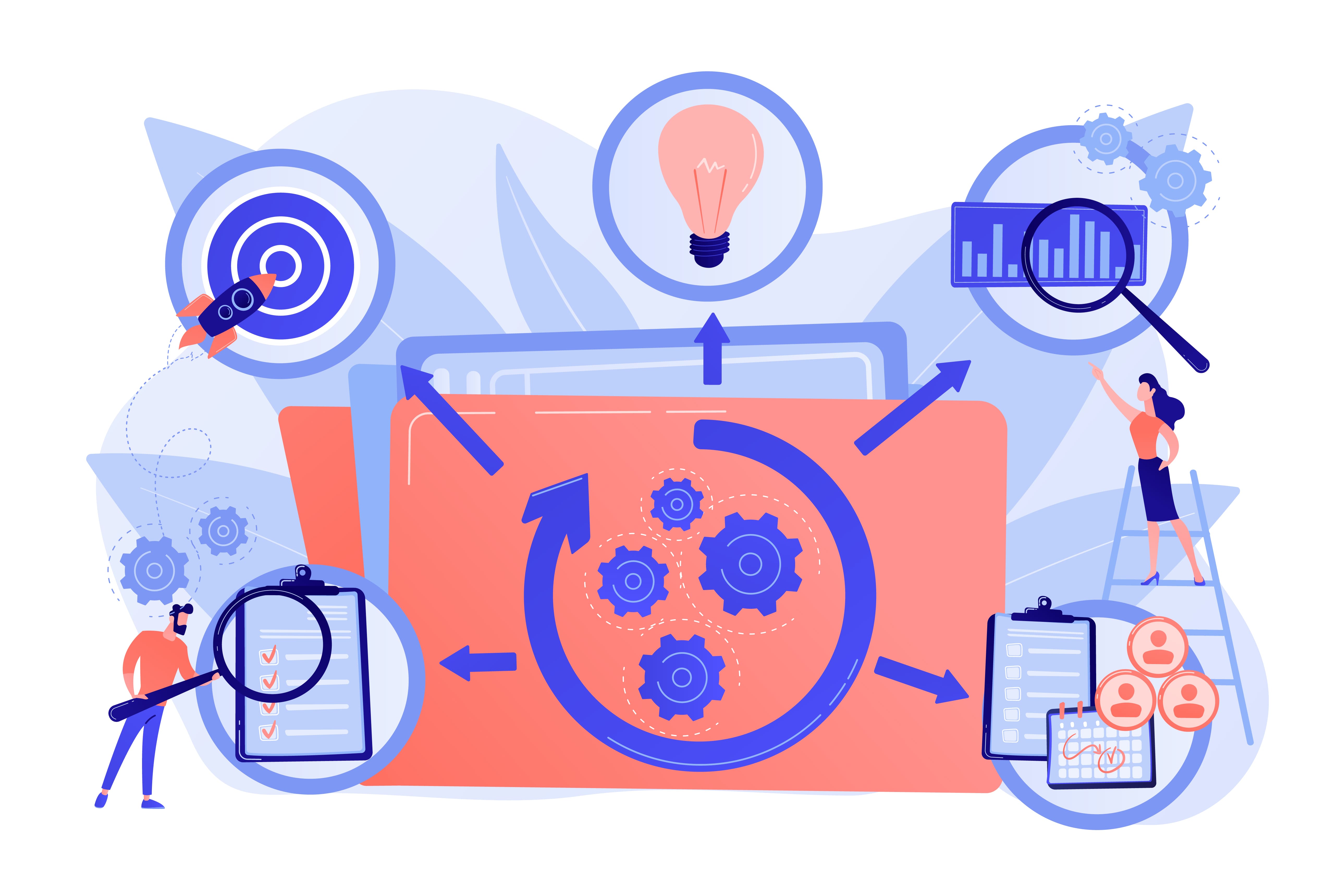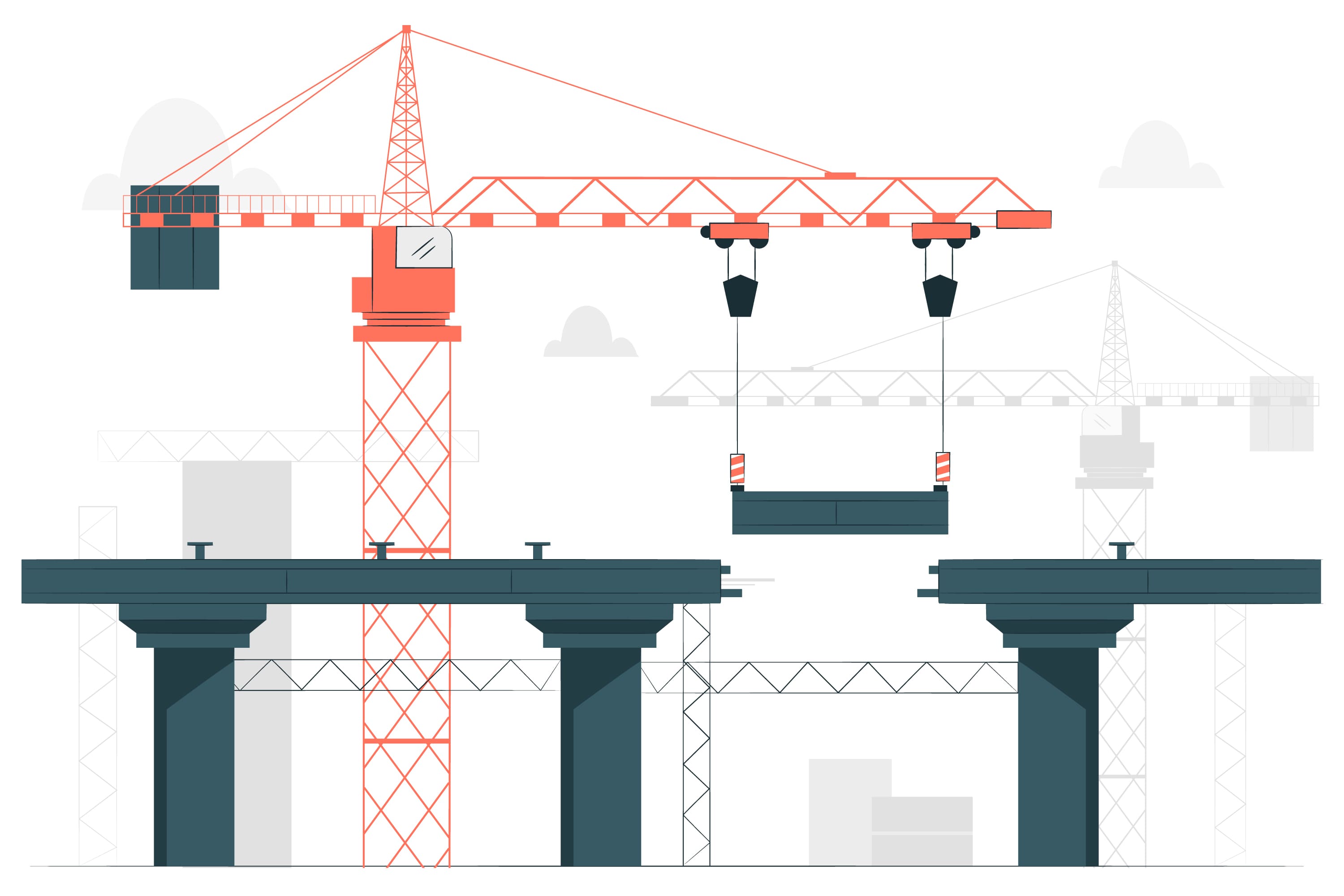Resource Management

Resource management is a critical aspect of project management that involves planning, allocating, and optimizing resources to ensure that project tasks are completed efficiently and within the defined constraints.
Here, we’ll delve into resource management techniques in detail with examples:
Resource Planning:
1. Resource Identification:
Identify the types of resources required for the project, including human resources (e.g., team members, contractors), physical resources (e.g., equipment, facilities), and material resources (e.g., supplies, raw materials).

2. Resource Availability Assessment:
Determine the availability of resources by considering factors like team member availability, equipment availability, and lead times for material procurement.

3. Resource Estimation:
Estimate the quantity and duration of resources required for each task or activity. This helps in developing a resource allocation plan.

Resource Allocation:
Resource Assignment:
Assign specific resources to tasks or activities based on their skills, availability, and expertise. Ensure that resource assignments align with the project schedule.

Resource Leveling:
Smooth out resource allocation to avoid overloading or underutilizing resources. Resource leveling ensures a more balanced distribution of work over time.

Resource Optimization:
1. Resource Conflict Resolution:
Address resource conflicts that may arise when multiple tasks require the same resource simultaneously. Use techniques like resource substitution, adjusting task priorities, or extending timelines.

2. Resource Constraints Management:
Manage resource constraints effectively by considering alternatives, such as outsourcing, hiring temporary staff, or reallocating resources from less critical tasks.

3. Resource Performance Monitoring:
Continuously monitor resource performance to ensure that resources are being used efficiently and that work is progressing as planned. Use key performance indicators (KPIs) to assess resource utilization.

4. Resource Cost Control:
Control resource costs by tracking expenses related to labor, equipment, and materials. Ensure that resource usage aligns with the project budget.

Effective resource management is essential for project success. By carefully planning, allocating, and optimizing resources, project managers can ensure that project tasks are completed efficiently, on time, and within budget, ultimately leading to the successful achievement of project objectives.







